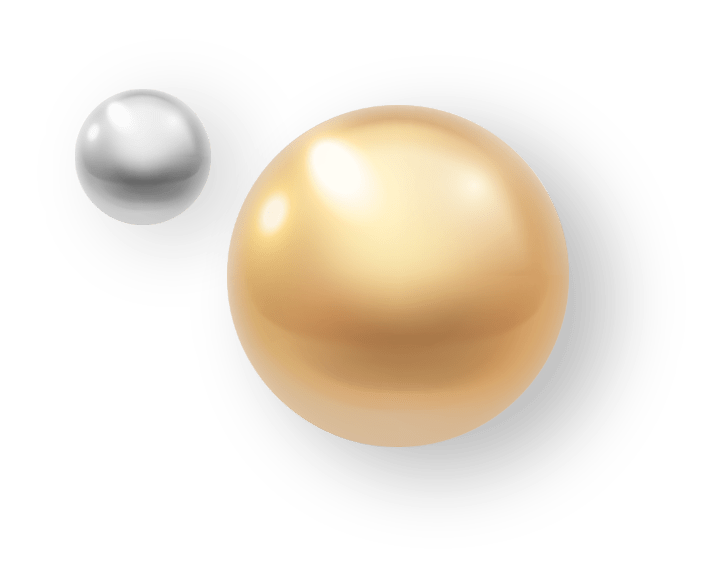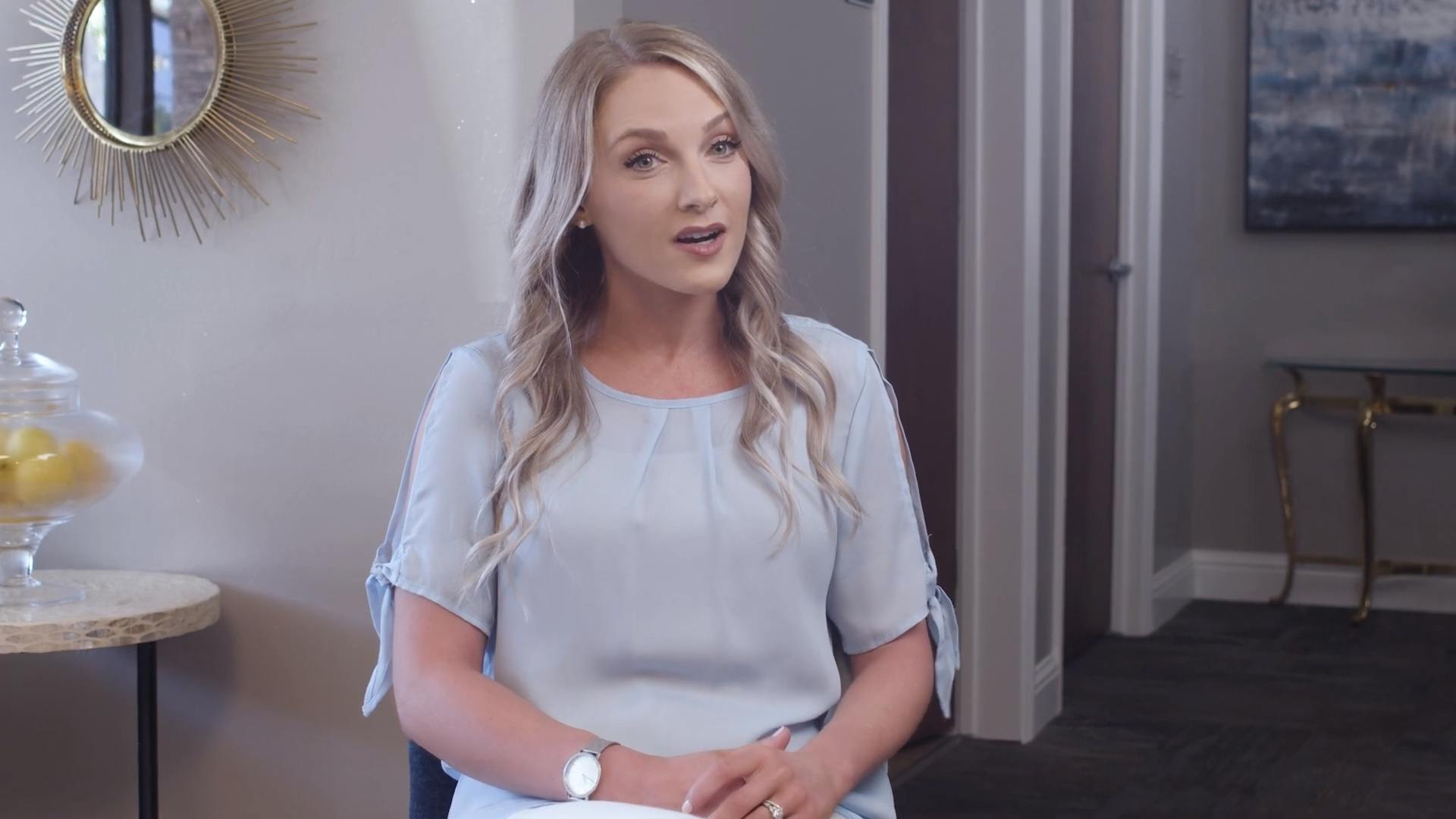Many women with heavy, disproportionately large breasts experience significant physical strain, which can lead to a host of potential medical problems and lower the quality of one’s life overall. These clinical symptoms, along with feeling physically uncomfortable or self-conscious because of larger sized breasts, are issues that can be addressed with breast reduction surgery.

The Breast Reduction Procedure
A breast reduction works by removing excess tissue and fat in the breasts, then sculpting the remaining tissue into a more shapely, perkier breast. Depending on the specific things you and our team decide to accomplish in your procedure, incisions may be made in one of the following fashions:
Around the areola: This approach favors those who require light breast reduction and gave minimal breast ptosis. It is the least invasive technique, and leaves the least amount of scarring, as the incisions are naturally camouflaged within the areola’s darker pigmentation.
Which Breast Reduction Incision Is Right for You?
In an anchor-like shape extending around the crease of your breast and around the areola – This inverted T design affords the surgeon the greatest amount of access to the breast tissue, and is therefore best suited to those with severe ptosis, asymmetry or excess fatty tissue. While some scarring may be visible, most patients find these scars fade within a year or so, while bras and swimsuits conceal them inconspicuously.
A keyhole-like shape, extending vertically from the bottom of the breast and around the areola – Also called a lollipop or vertical incision, this incision is well suited for patients clients with mild to moderate reduction needs and an average amount of breast ptosis. The surgeon gains access to recontour the breast while simultaneously repositioning it for a more youthful, graceful aesthetic. Scarring is minimal, and can be hidden within a bra or bikini.
When recommending an incision, our team will consider the degree of breast sagging and what needs to be accomplished during your procedure to reach the desired final results.
Using the incisions, we will remove excess fat, skin and tissue, and then reposition the nipples on the newly shaped breasts. The nipples remain attached to the blood vessels and nerves even though they are repositioned, so sensation in your nipples should be unaffected. The results of breast reduction will be long-lasting, though aging and weight fluctuations may slightly change breast size and shape. The only way to know if you are a good candidate for this procedure is to discuss your goals and your options with one of our surgeons.







